How to Handle Pet Accidents on Carpet the Right Way

Introduction
Pet accidents on carpet can be frustrating for any owner. Left untreated, stains and lingering odors may become permanent. This guide outlines a step-by-step process to handle fresh and set-in accidents, using common household supplies and pet-safe cleaners. Following these recommendations ensures your carpet stays clean, odor-free, and healthy for your family and pet.
1. Act Quickly to Contain the Mess
Remove Solid Waste: Use disposable gloves and paper towels to pick up any solid material.
Blot Excess Liquid: With clean, white paper towels or a microfiber cloth, gently blot the area to absorb as much liquid as possible. Avoid rubbing, which can push urine deeper into fibers.
2. Pre-Treat the Affected Area
Prepare a Cleaning Solution: Combine equal parts white vinegar and warm water in a spray bottle. Vinegar neutralizes ammonia-based odors safely.
Spray and Blot: Lightly mist the stained area and let it sit for 5–10 minutes. Blot again with clean towels until the spot is mostly dry.
3. Use an Enzymatic Cleaner
Choose a Pet-Safe Enzyme Cleaner: These products break down organic molecules responsible for odor. Follow the manufacturer’s instructions for application and dwell time.
Ensure Proper Airflow: Open windows or run a fan to allow the carpet to dry thoroughly.
4. Rinse and Dry
Rinse with Cold Water: After enzymatic treatment, lightly rinse the area with cold water and blot until moisture is minimal.
Air-Dry Completely: Avoid walking on the damp spot. Place a dry towel over the cleaning area and weigh it down with a lightweight object to absorb residual moisture.
5. Prevent Future Accidents
Establish a Routine: Take pets outside regularly and reward them for going in the correct spot.
Use Potty Pads or Indoor Turf (If Necessary): For puppies or older pets, designate a specific indoor area.
Maintain Regular Cleaning: Vacuum carpets weekly to remove loose hair and debris, reducing hidden odor build-up.
Conclusion
Managing pet accidents effectively requires prompt action, the right cleaning solutions, and consistent prevention strategies. By following these steps, your carpet will remain clean, odor-free, and inviting. Establish routines and use enzymatic cleaners to keep accidents from becoming permanent reminders.

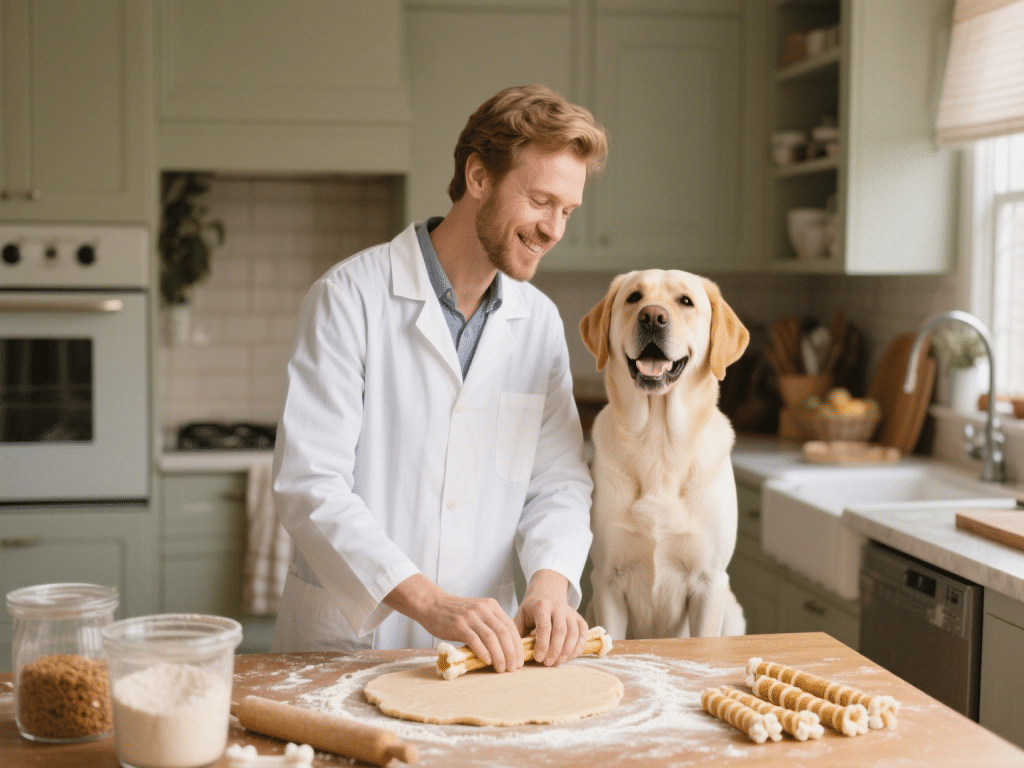
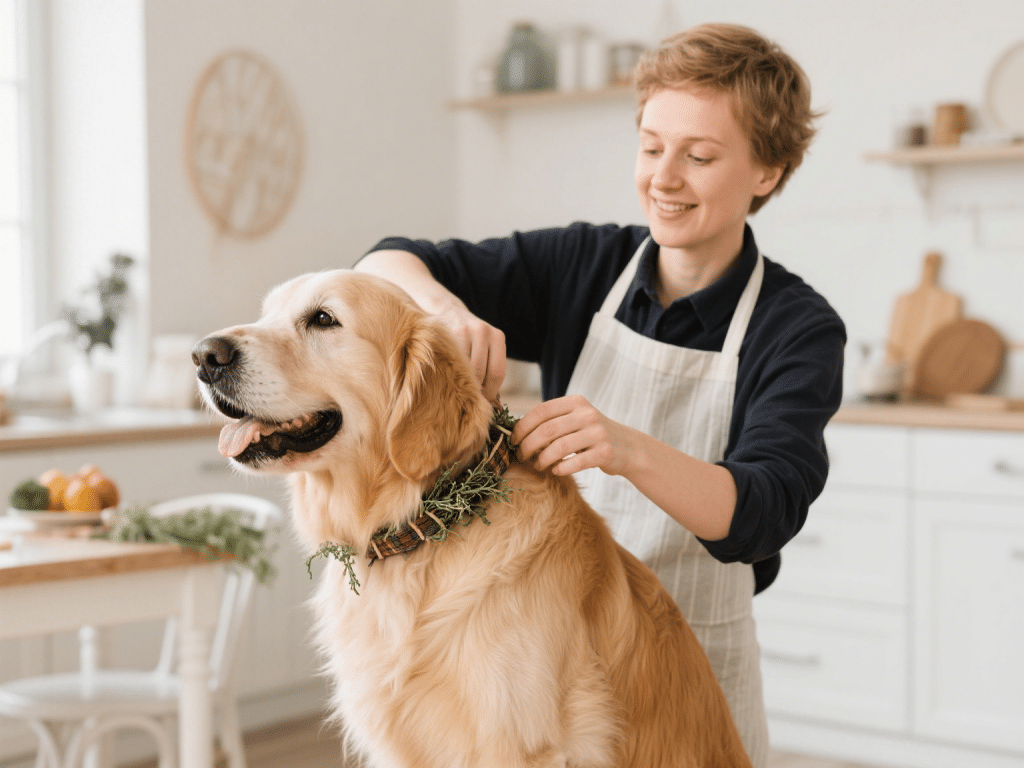
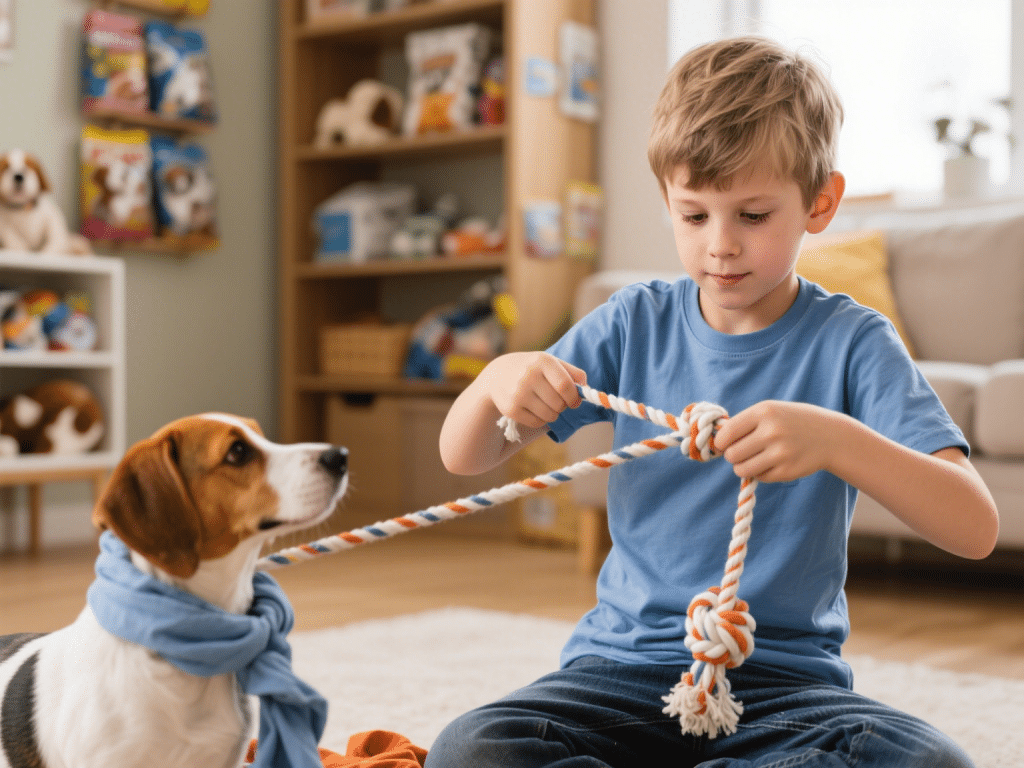
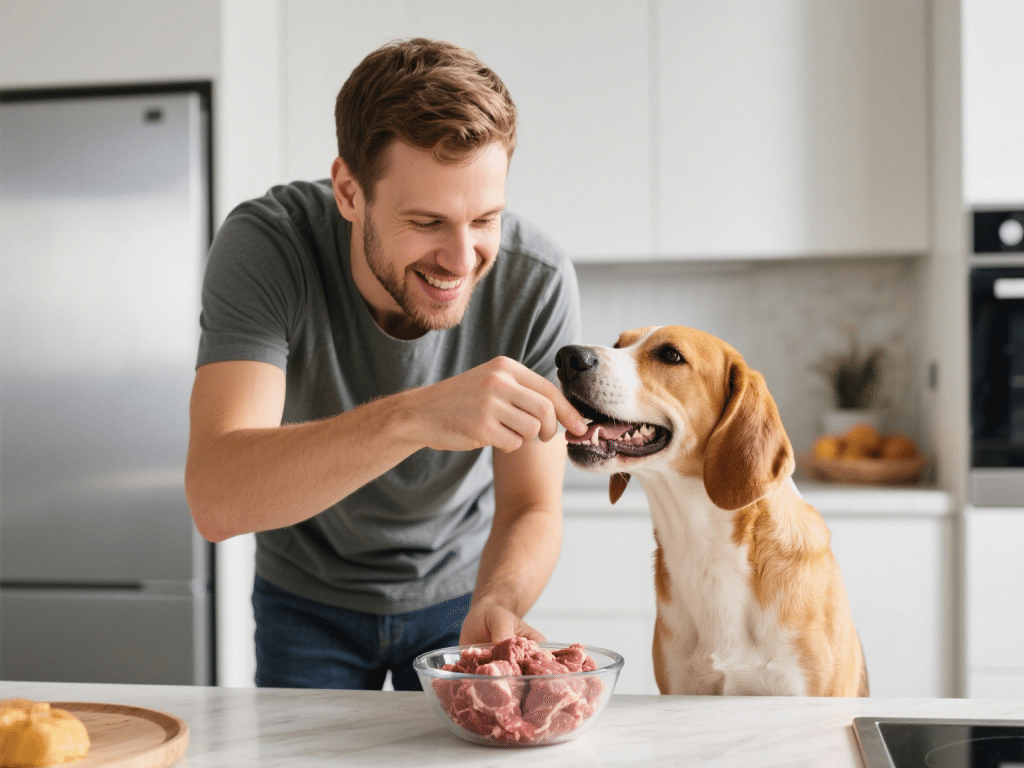

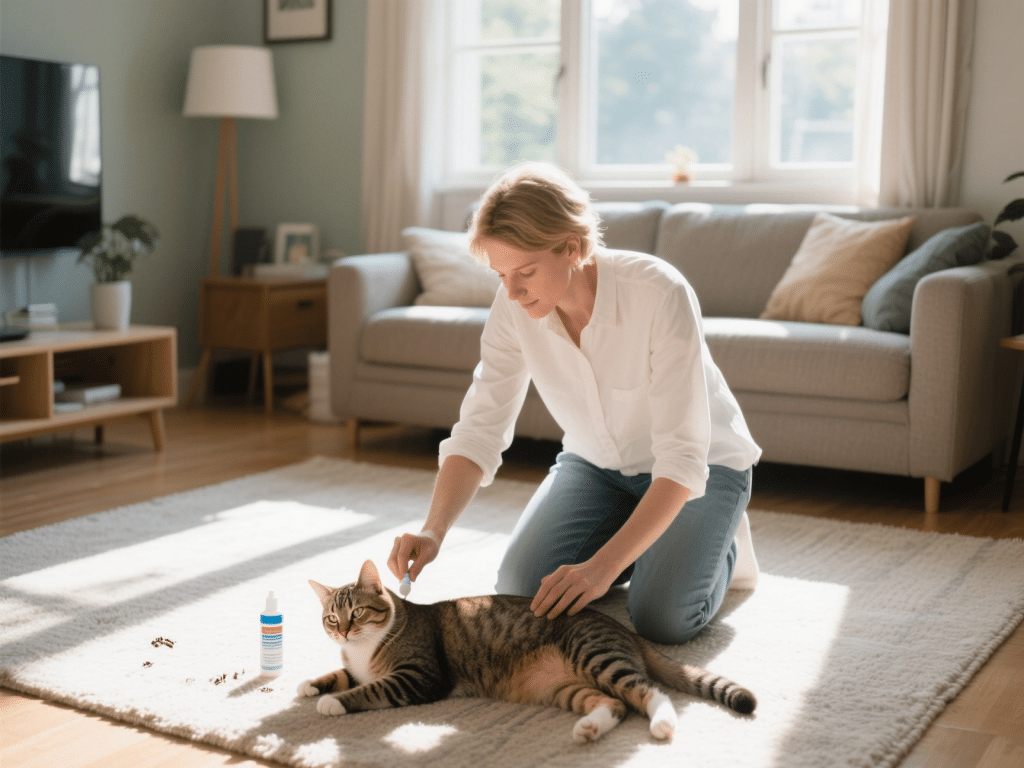
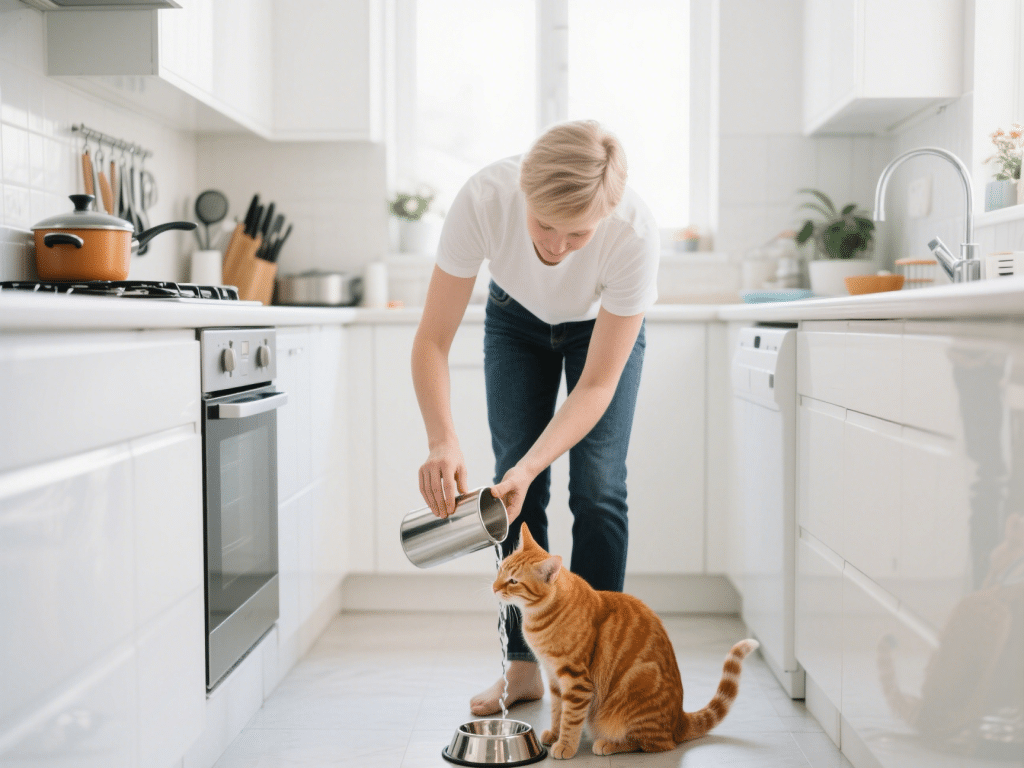

Comments on "How to Handle Pet Accidents on Carpet the Right Way" :